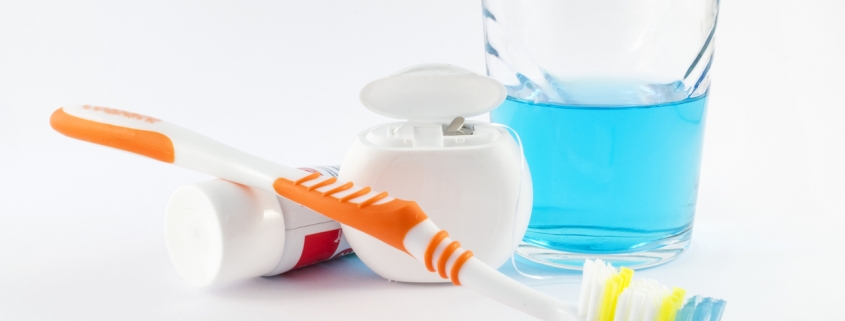The Art of Oral Hygeine
Earlier this week, we talked about flossing and how important it is in your daily routine in order to maintain optimal oral and physical health. Today, we’re going to expand on that and go over proper brushing and flossing techniques to ensure that it is being done correctly and effectively.
Let’s start with flossing, since that should come first.
- Start by taking a piece of floss that is equal to the length of your forearm. Some flosses come pre-cut which is useful.
- Wrap the floss around your index and middle fingers, leaving around two inches of space to use on your teeth.
- Wiggle the floss between your teeth, wrapping it into a “C” shape around the bottom of a tooth and gently under the base on the gumline. Repeat this 2-3 times per tooth, making sure not to forget the back of your teeth as well. Move down the line of floss as it begins to weaken or fray.
After flossing, brush your teeth to remove the particles that you have uprooted from between them. Preferably, you should brush after every meal, but as long as you’re doing it at least once a day before bed, you should be safe. Like flossing, there is a proper way to brush your teeth to ensure maximum efficacy.
- Start by angling your brush at a 45 degree angle, focusing on the area where the teeth and gums meet.
- Use a gentle, circular motion, moving your brush up and down the surface of the tooth. Be careful and don’t scrub, as it damages the gums and results in premature gum recession.
- DO NOT RUSH. Brushing your teeth should take at least 2-3 minutes for a thorough cleaning. Try timing yourself, or play your current favorite song and brush until it is over.
- Finish by swishing a mouthwash around your mouth to remove any remaining bacteria and food particles. DO NOT SWALLOW.
Other helpful tips:
- Flossing can be a hard routine to get into, especially since it is a time-consuming repetitive task. We recommend flossing while you watch TV at night.
- Your gums will bleed when you first start flossing as they’re not used to it. The bleeding should stop after 2-3 days of continuous flossing.
- Those with braces may have a harder time with these tasks. Specialized toothbrushes and flossing methods are available for you, providing by your dentist.
- Choose a toothbrush with soft, rounded bristles, and replace it every 3 months.
This is a general guide and results will vary with each individual. For more information, contact your family dentist for all questions and concerns.

